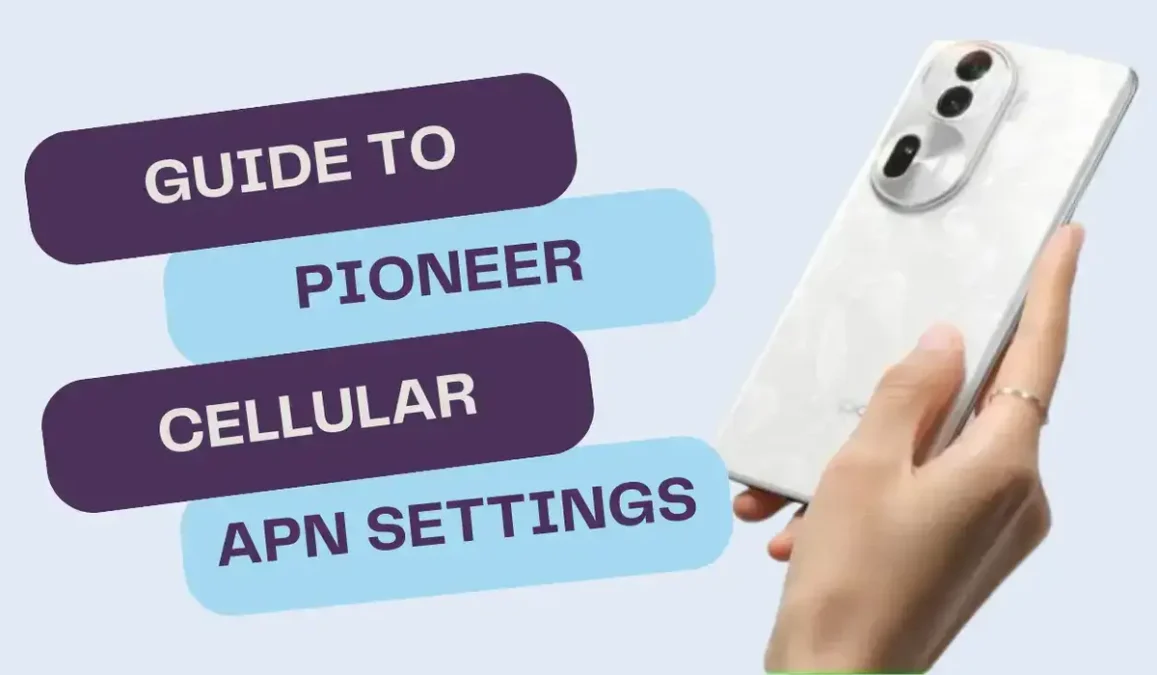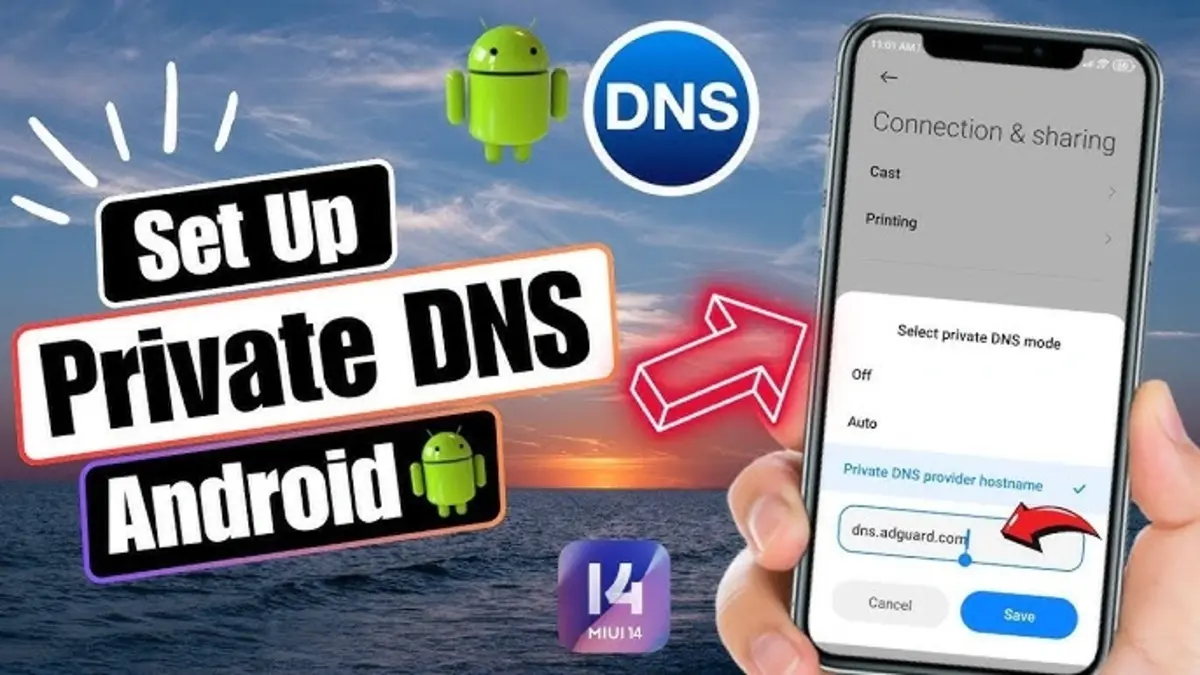As part of a deep restructuring initiative, Intel is reorganizing the NEX division into an independent firm, inviting external investors while retaining a core stake. This change forms part of a broader strategy under Tan to sharpen focus on Intel’s core chip and data‑center operations.

Key Notes
- Intel spin off Network and Edge Group
- Intel NEX spin‑off revenue
- Intel Lip‑Bu Tan restructure
- Intel shedding non‑core assets
- Intel networking division spin off
Why the Spin‑Off Makes Strategic Sense
A. Realignment to Core Competencies
Lip‑Bu Tan, who took charge in March 2025, is steering Intel away from underperforming sideline units and emphasizing its strengths in PC and data center chips. NEX does not squarely fit that vision.
B. Financial Context and Market Pressures
In Q2 2025 Intel reported a US $2.9 billion loss, alongside a significant workforce reduction of 15%. The spin‑off reflects broader cost‑cutting and efficiency efforts.
C. Competitive Landscape
NEX’s offerings—networking and telecom infrastructure chips—have faced stiff competition from players like Nvidia (via Mellanox) and Broadcom. Intel’s acquisitions in this space have not yielded expected breakthroughs.
What We Know About the NEX Business
1. Financial Performance
The NEX division brought in $5.8 billion revenue in 2024, a modest growth of ~1% year-over-year, and contributed around 11 % of Intel’s total revenue that year.
One analyst observed revenue down from approximately $8.4 billion in the previous year, indicating volatility in sales patterns.
2. Lineage and Operations
NEX comprises legacy networking and edge hardware businesses, shaped by acquisitions like Barefoot Networks and QLogic’s InfiniBand assets. The unit was gradually folded into Intel’s broader PC and Data Center groups earlier in 2025.
3. Customer Impact
Intel has asserted that the transaction will be seamless for customers. As NEX’s head since early 2023, Sachin Katti authored a memo stressing continuity in operations, while positioning the independent entity for greater agility and customer responsiveness.
Read Also: Tired of Expensive Internet? T‑Mobile Will Pay You $300 to Switch – No Contract Needed!
How the Spin‑Off Will Unfold
Stakeholder Plans
Intel is actively courting strategic investors to participate in the new company, while planning to remain an “anchor investor”—similar to its previous approach with Altera.
Timing & Process
No final timeline or valuation has been revealed. The spin‑off is in early stages, and the company has not committed to a full sale—joint ventures or partial equity structures remain possible.
Key Takeaways
Intel’s Strategy Shift
This move underscores a clear pivot toward core strengths in chipmaking, shedding divisions that don’t align with long‑term financial and strategic goals.
NEX’s Next Chapter
As a stand‑alone entity, NEX may gain flexibility, sharper focus, and quicker innovation cycles—though market success remains uncertain.
Financial Implications
Intel aims to stabilize the business, reduce investment burdens, and improve margins. Its stake in NEX could offer upside if the spin‑off thrives.
Market Reactions
Intel shares dropped nearly 9 % immediately after the announcement, reflecting investor skepticism over both performance and perceived retreat from broader ambitions.
Article Outline for Reference
- Introduction: Set the context—new CEO, financial losses, broader restructuring.
- Spin‑Off Details: What NEX is, revenue importance, and key quotes.
- Strategic Rationale: Financial and competitive logic behind the move.
- What’s Next: How Intel plans to execute, investor search, and future role.
- Implications: For Intel, NEX’s customers, investors, and the industry.
- Conclusion: Final analysis on how it shapes Intel’s path ahead.
Read Also: Meta’s Ultra-Wide Field of View Headsets: The Future of Virtual and Mixed Reality
Final Thoughts
Intel’s decision to spin off the Network and Edge Group (NEX) marks a significant inflection point. It reflects a bold commitment from its leadership to refocus on core chip capabilities, trim underperforming assets, and pursue greater operational discipline. By transforming NEX into a separate business with outside backing, Intel retains long‑term upside while potentially upgrading its own balance sheet and corporate efficiency.
If you’d like to explore deeper—such as NEX’s product portfolio, key global customers, or how this shapes competition with Nvidia and Broadcom—I can prepare a follow‑up briefing.



